

A medium-sized raptor found across Australia, New Caledonia and New Guinea.
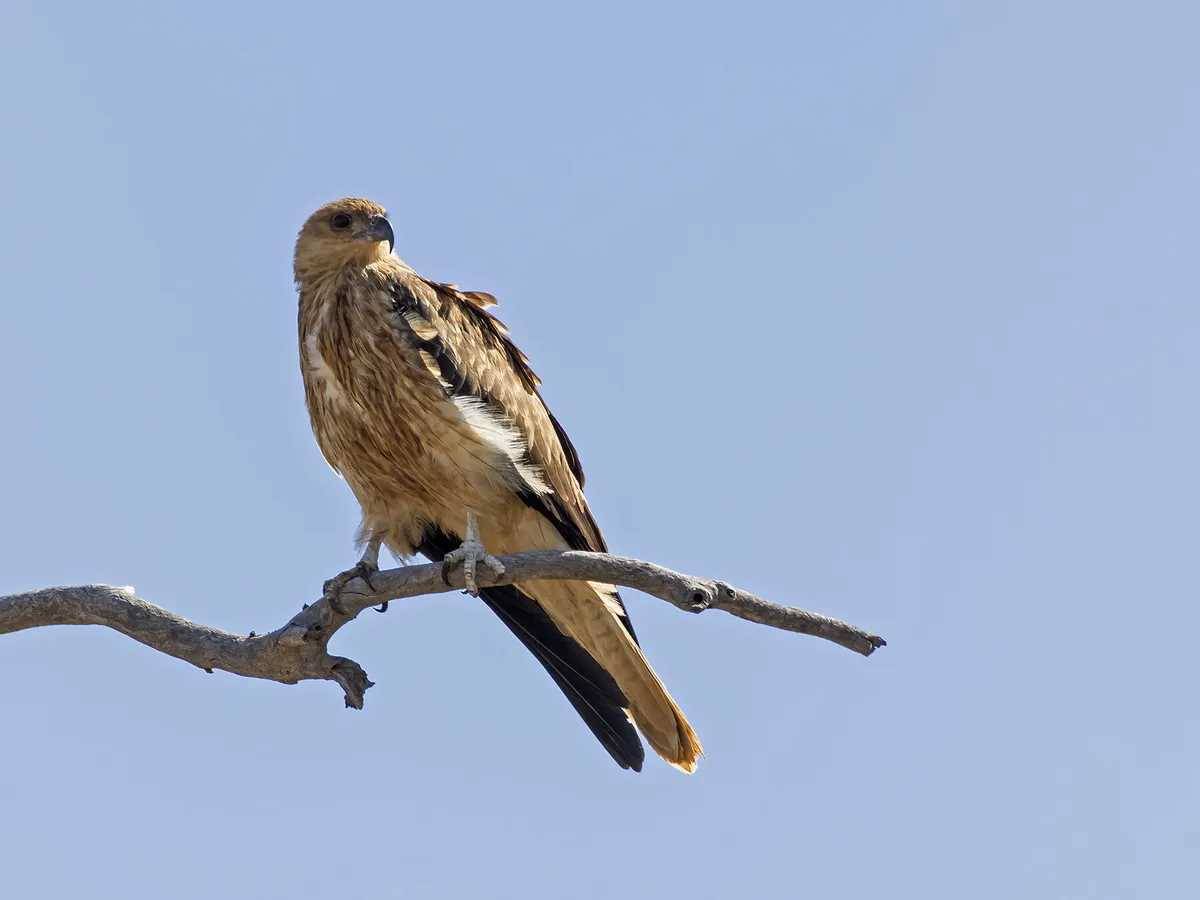
Whistling Kites are medium-sized raptors (birds of prey) that have pale buff upperparts and heads. The wings are dark-ish brown and flight feathers black. Under the wings, there is a characteristic 'M' shape that becomes apparent whilst open and in flight. Underparts are slightly lighter than the uppers. Their general appearance is often described by many as being 'shaggy'.
Both the head and body are quite slender. Relative to size, both the wings and rounded tails are considered long. The legs of these raptors are short, but this doesn't affect their ability to walk on the ground. Legs are featherless and bone coloured, as are the feet. Eyes are black, and the beak is grey-ish, short, sharp and curved.
As with many other species of raptors, the female is larger than the male bird. But in this case, there is quite a significant difference where females can be up to 21% larger and 42% heavier. Both the sexes have the same plumage.
Juvenile and immature whistling kites have darker upperparts and are heavily streaked below.
Southern birds tend to be larger than those of the tropics.

Whistling Kite perched in a tree
Whistling Kites are usually between 51 and 59cm (20 and 23 inches) in length and have a wingspan between 120 and 146cm (47 – 57 inches).
The average weight for a whistling kite varies considerably between 380 – 1050g (13 – 37 oz) as there is a considerable gap usually between males and females.
The average weight for a male is 600 – 750g (21 – 26 oz) and for females 750 – 1000g (26 – 35 oz).
Whistling Kites got their name as they produce a distinctive, descending whistling call, commonly followed by a quick succession of higher-pitched notes.
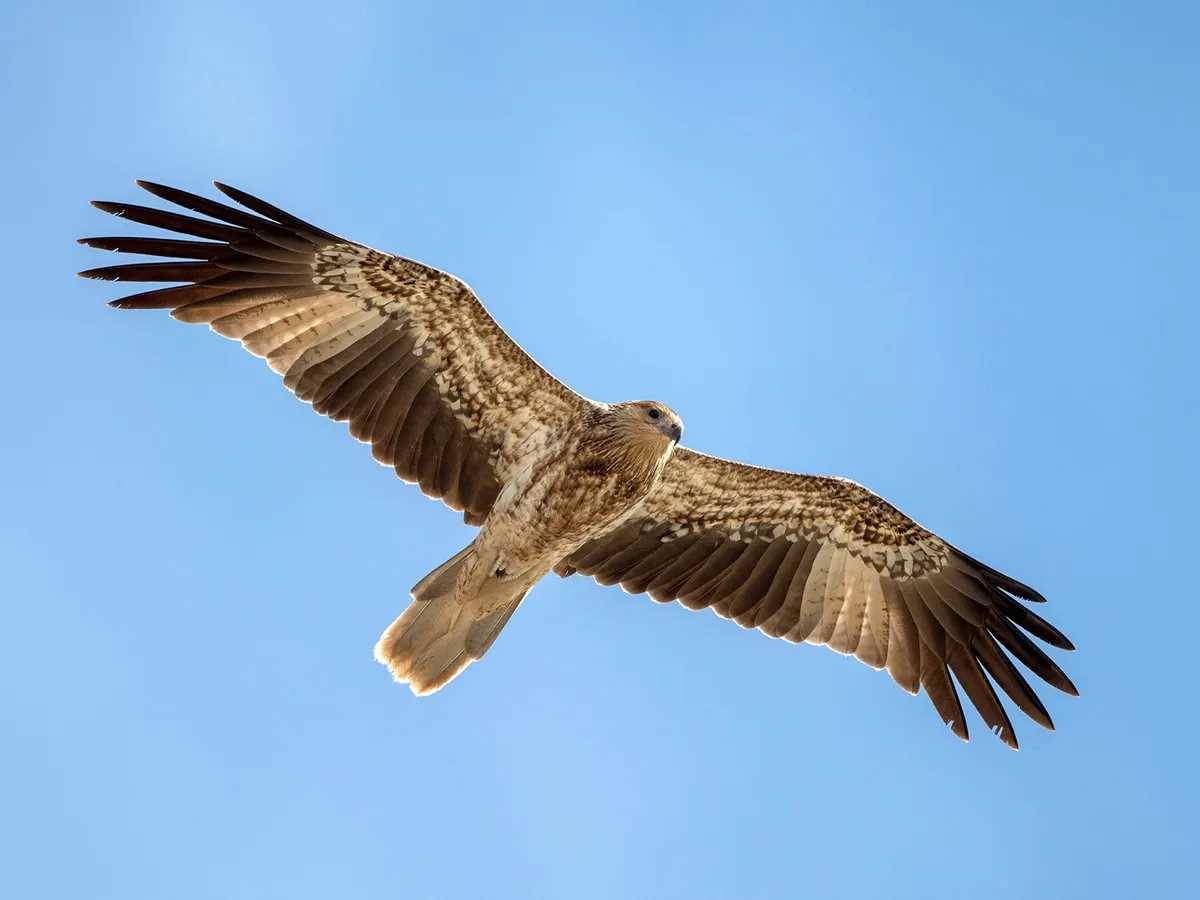
Whistling Kite in flight
The full scientific name is Haliastur sphenurus.
The first part, which is the generic name, Haliastur comes from Greek hali which means 'sea' and astur, which is Latin for hawk.
The specific name, sphenurus is derived from Greek sphēn which means 'wedge' and -ouros 'tail'. This describes one of the characteristics of the whistling eagle.
This means the direct translation for the scientific name is actually 'Wedge-tailed sea hawk', which would be fitting for this species, but they are rarely found near the coast.
Whistling Kites are generally not aggressive towards other birds unless defending their nest and chicks from predators. They are mostly found on their own or in a pair, but from time to time they may be seen in larger groups – this is more common at roost sites, places where there's plenty of food and during movements.
As with most birds, disturbing or intruding on them can make them aggressive.
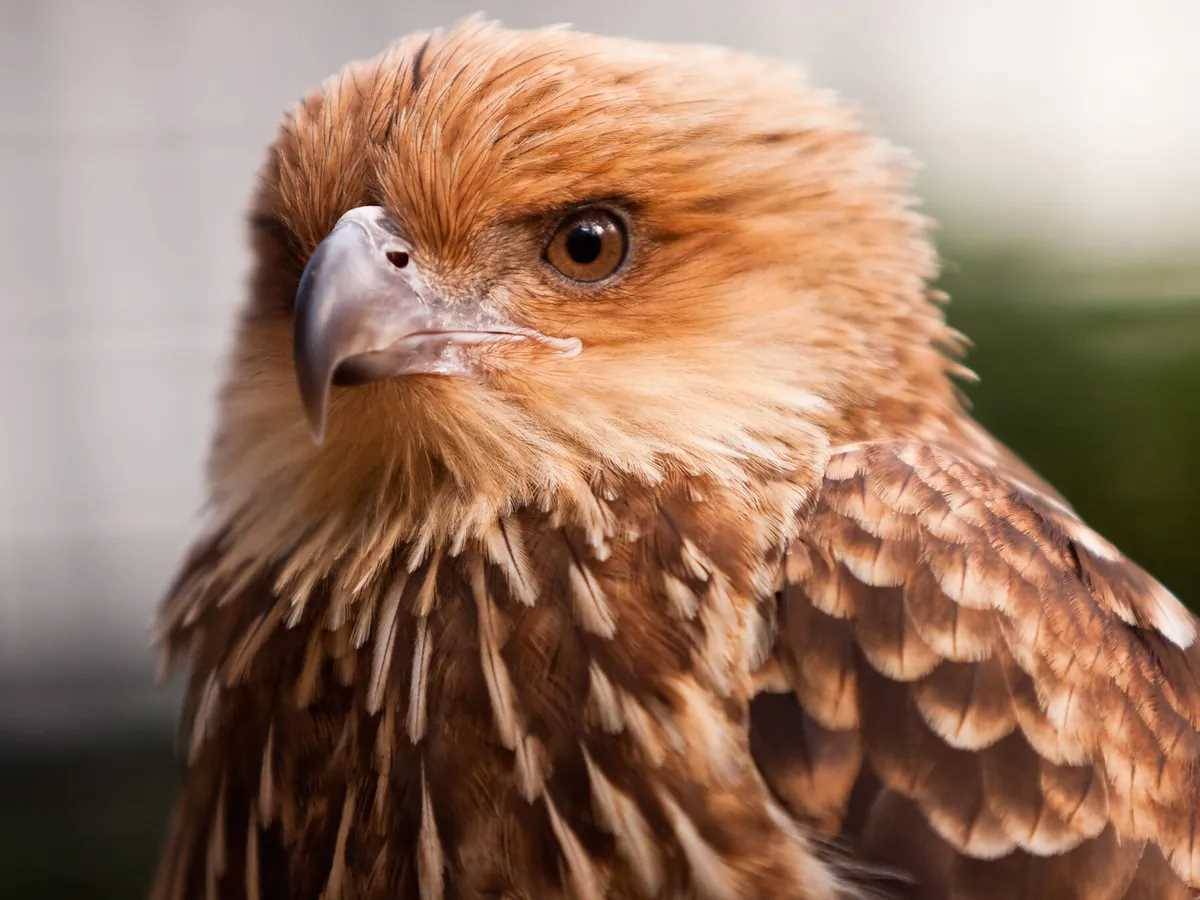
Close up portrait of a Whistling Kite
Whistling Kites are capable of reaching speeds of up to 118 mph (190 kph).
The average lifespan of a whistling kite is around 8 years. However, the oldest age recorded was 20 years old.
Whistling Kites are listed as Least Concern for their conservation status, which means they're not globally threatened and have a stable population.
These birds are generally more common in the north of Australia. In southern parts, there has been a slight population decline. This is thought to be the drainage of the wetlands and a general decline in the availability of suitable food.
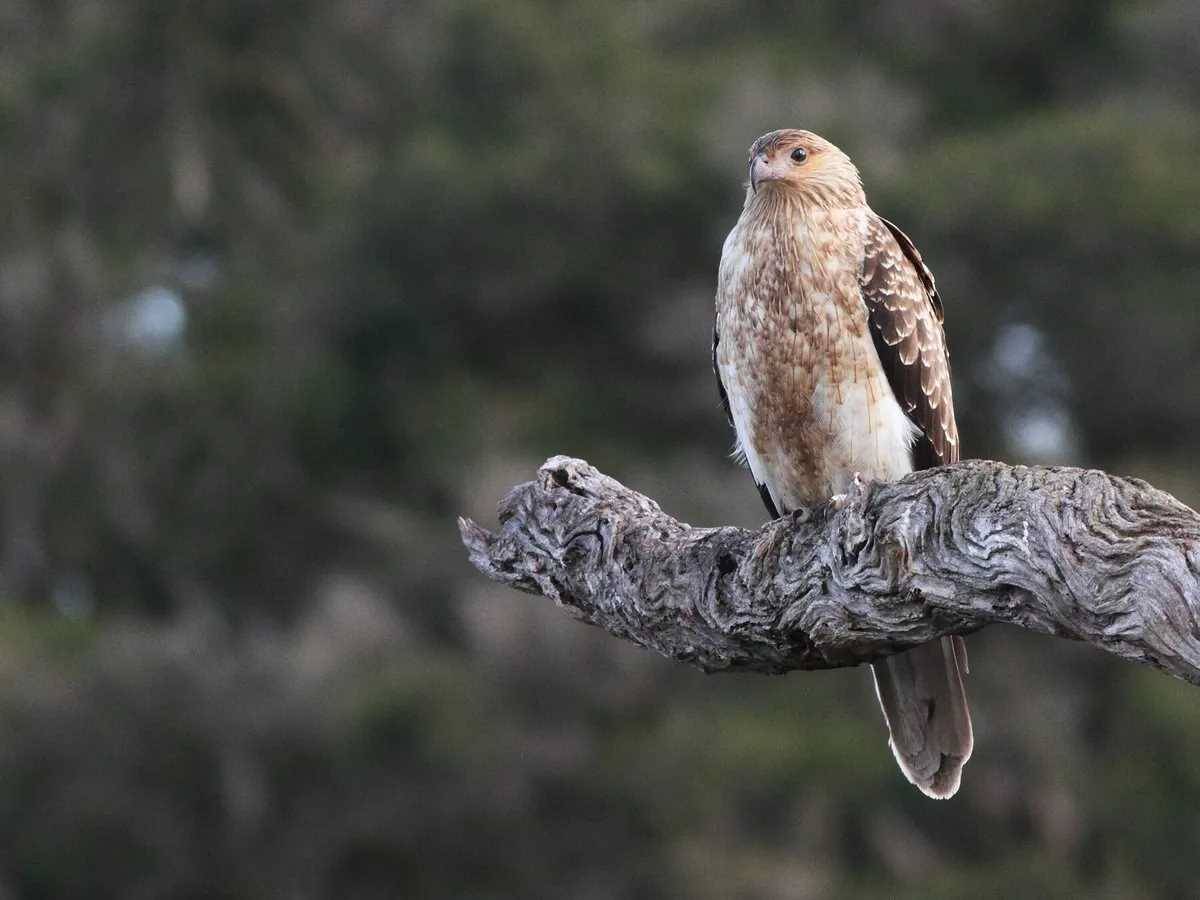
Whistling Kite perched
Whistling Kites have a fairly varied diet and will eat a mixture of carrion (dead animals), small mammals (they have a particular fondness for rabbits), other birds, fish, insects, amphibians and reptiles.
Capturing food mostly takes place on the ground or from the surface of the water. Less commonly, insects will be captured in the air. It's fairly common to see these birds patrolling the roads for dead animals.
They mainly will capture and feed on live prey in Australia except in the winter, where they'll mainly consume carrion. In New Guinea, they are mainly opportunist scavengers and will take whatever they can.
Whistling Kites are also notorious for stealing food from herons, ibises and other raptors. They are even known to force the regurgitation of recent catches from big waterbirds.
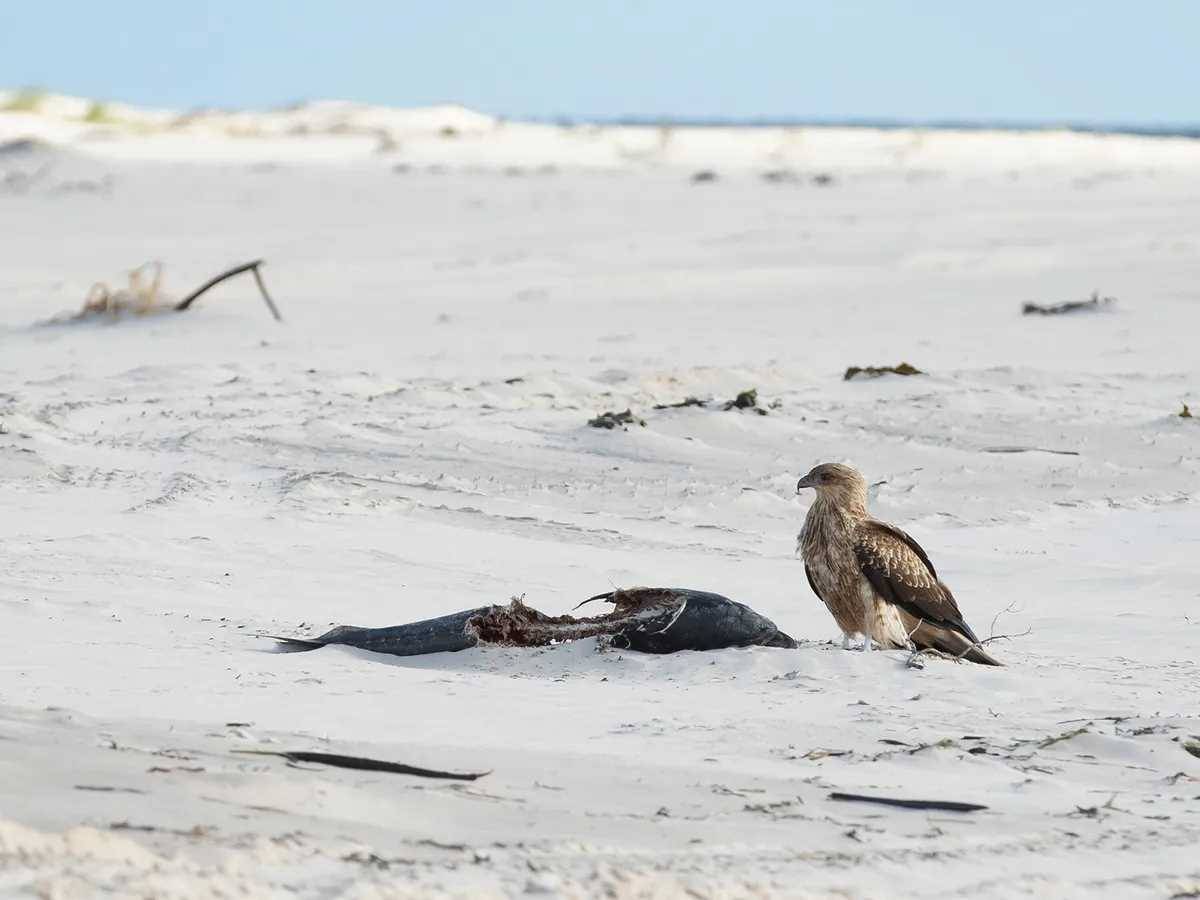
Whistling Kite feeding on carrion
Whistling Kites are monogamous birds and pairs will remain together for at least a season, however, some birds will continue to mate for life.
The construction of the nest is shared between both the male and female birds. Nests are usually made high up in tall trees out of a platform of sticks and are then lined with green leaves. Eucalypt trees are favoured from time to time. The nests will mostly be built on their own, but sometimes can be nearby the nests of other raptors.
Nests may be reused multiple times by the same pair to raise chicks.
Chicks are covered in cream/buff down feathers and will spend around 44-54 days in the nest before fledging. After fledging the nest, the young birds will stay with adults for around six to eight weeks.

The nest of a Whistling Kite in a tree
One to three clutches of usually two eggs are laid. Eggs are incubated for between 35 and 38 days by both parents; however, females will do most of this.
The breeding season varies depending on the range, but it's usually long and during the dry season. In Australia, this means it's usually between July and December and between autumn and spring in the tropics.
There is about a 60% success rate of eggs hatching.
The eggs are bluish-white, with occasional reddish-brown spotting. The sizes of the eggs range between 46 – 63mm x 34 x 45mm. The variation happens geographically with eggs in eastern Australis generally being larger than those in the west.
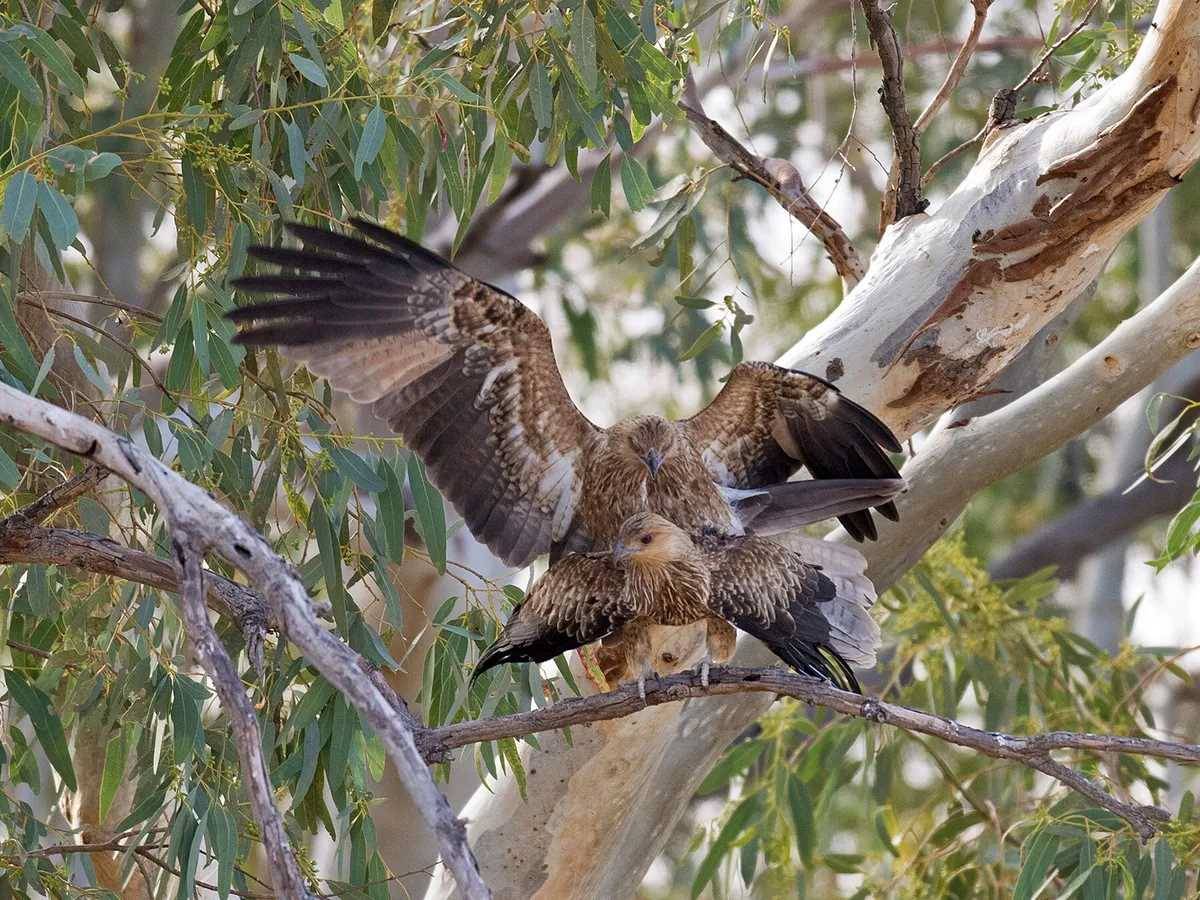
A pair of Whistling Kites mating
Whistling Kites are quite a noisy species and will frequently call whilst perched, during flight and at the nest. As already mentioned, the main call is a distinctive whistling sound which is where they get their name from.
The main call is a descending 'seeeo' sound.
During aggressive confrontations with other birds, they are known to produce a trilling call.
These birds are mostly found in open woodland and country or nearby to water, at elevations from sea level all the way up to 1400m in some places.
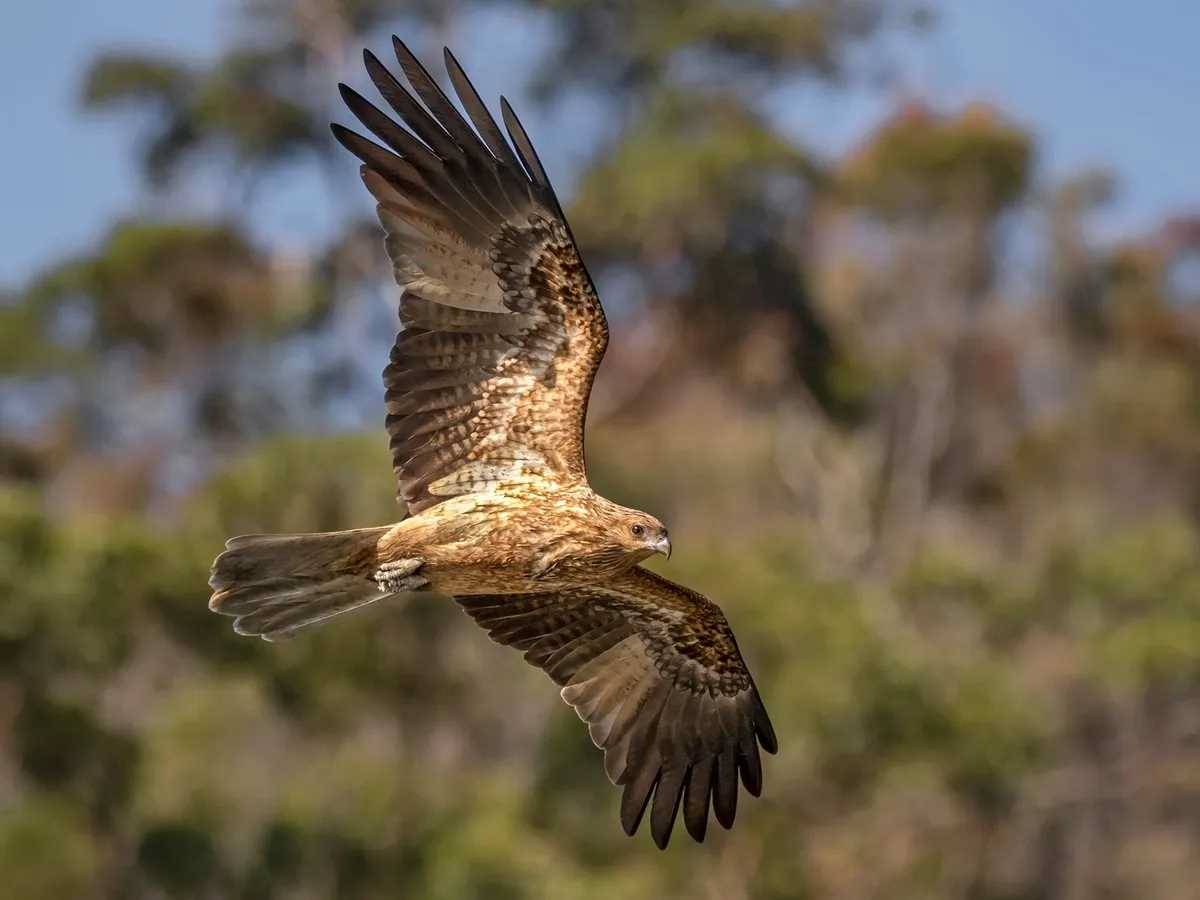
Whistling Kite from below in flight
Whistling Kites are predominately year-round in Australia, mainly towards the north, east and western parts. A small population can also be found in southern parts of New Guinea.
They can be seen all year round within their range in mainland Australia and southern New Guinea, the Solomons and New Caledonia. They are much less common in Tasmania.
As per their habitats, lightly wooded and open habitats are generally the best places to come across these birds. Other places they can be found include farmland, vineyards, airstrips, paddocks and areas where carrion can be found (roadside, rubbish dumps etc).
Most of the time, you'll see whistling kites circling around in 'lazy' circles in the sky in search of food.
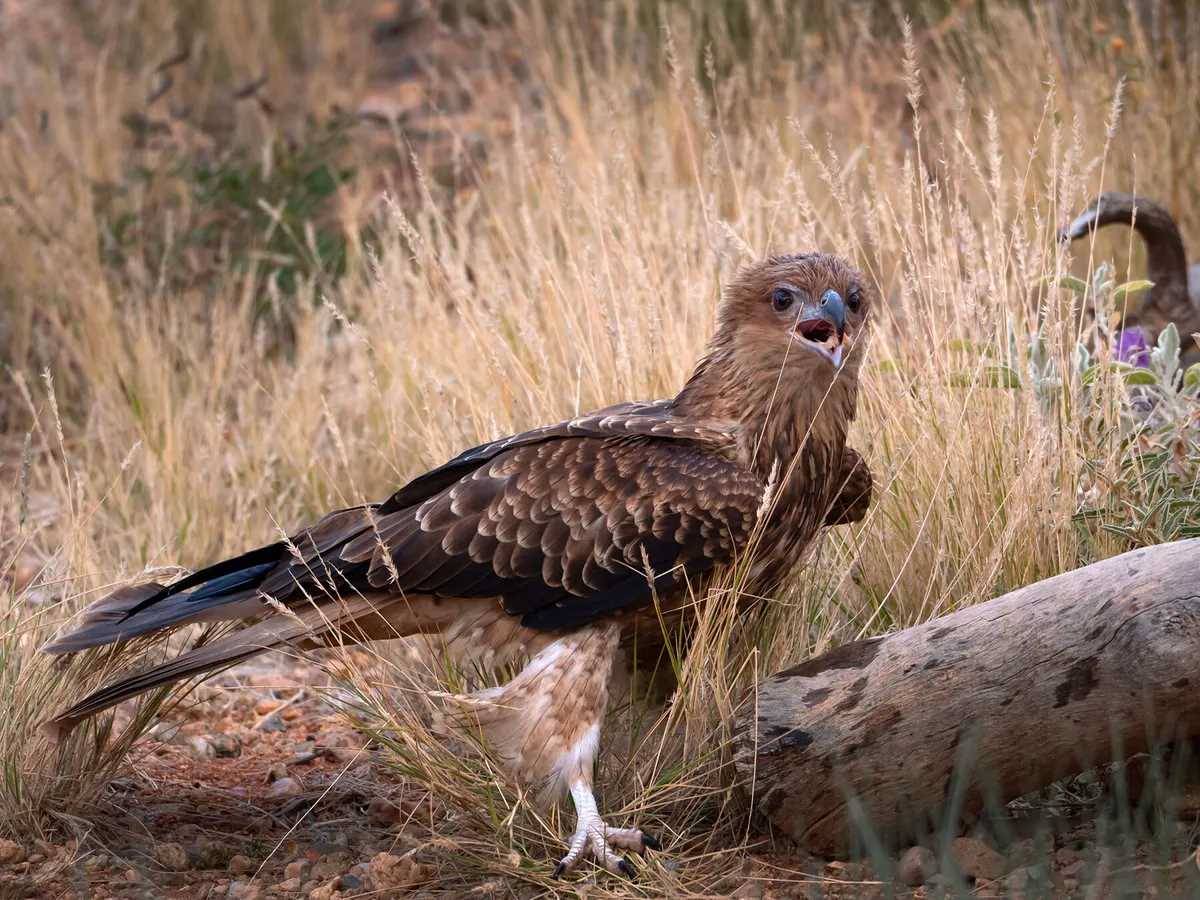
Whistling Kite on the ground calling
This depends on their range as throughout Australia they are considered partially migratory. In the south and south-east, they will travel to milder coastal and northern areas – often they will gather in groups of a few 10s.
Birds in tropical and temperate locations are generally resident.
